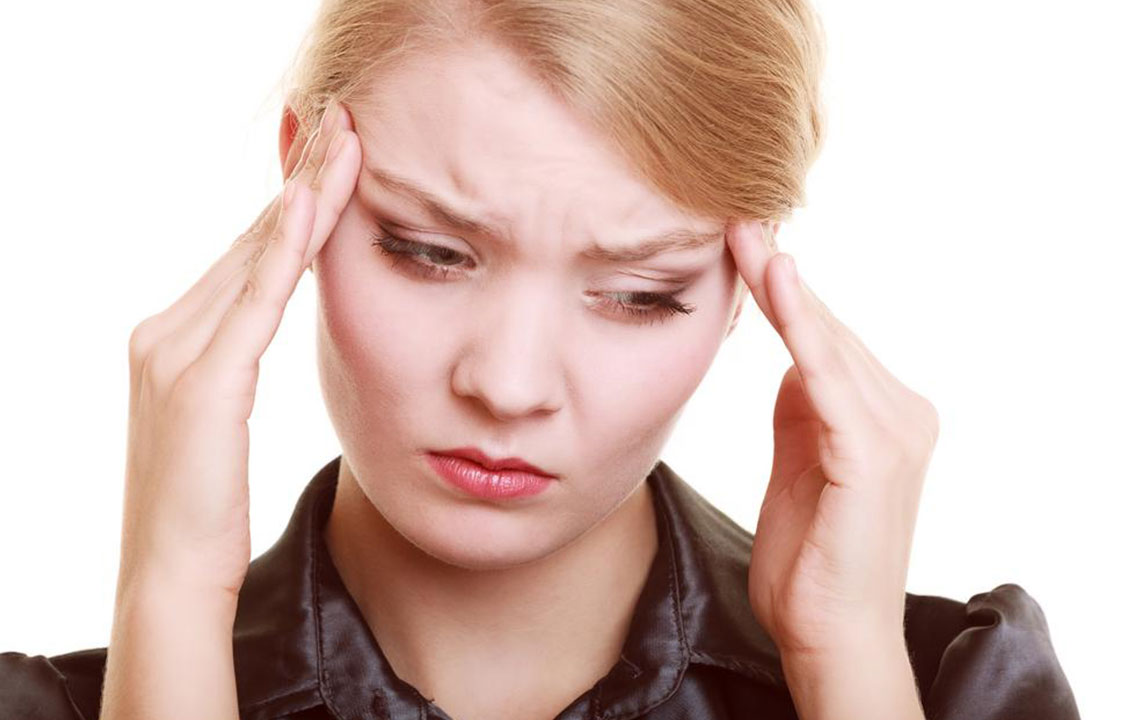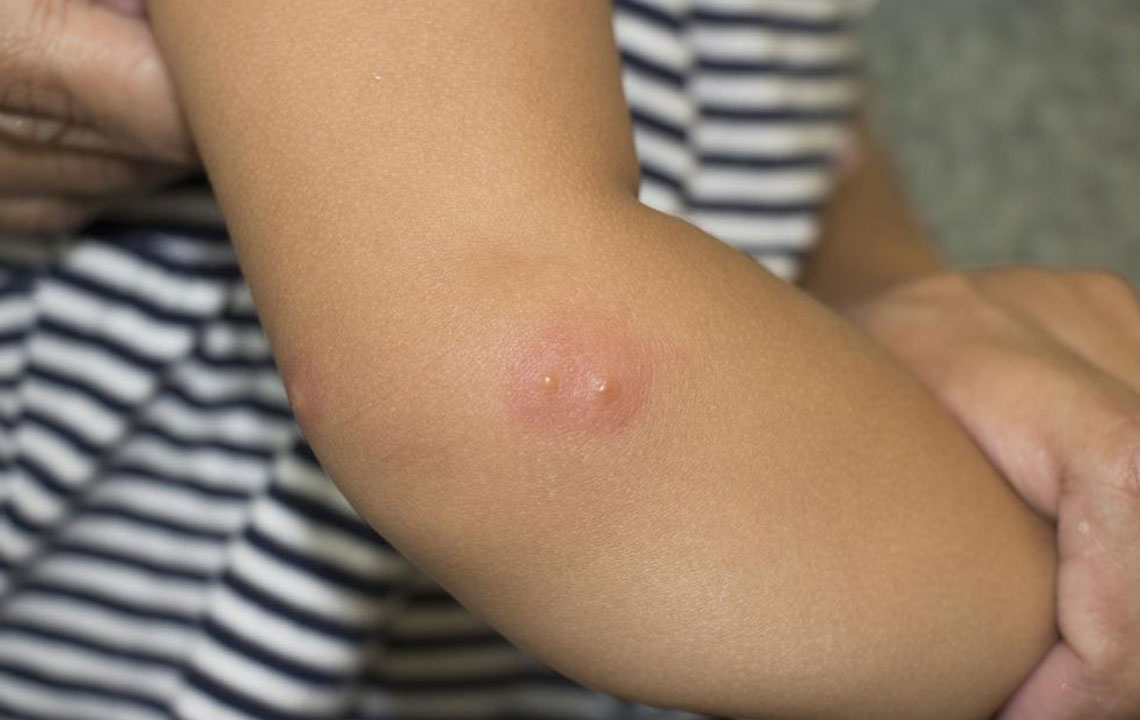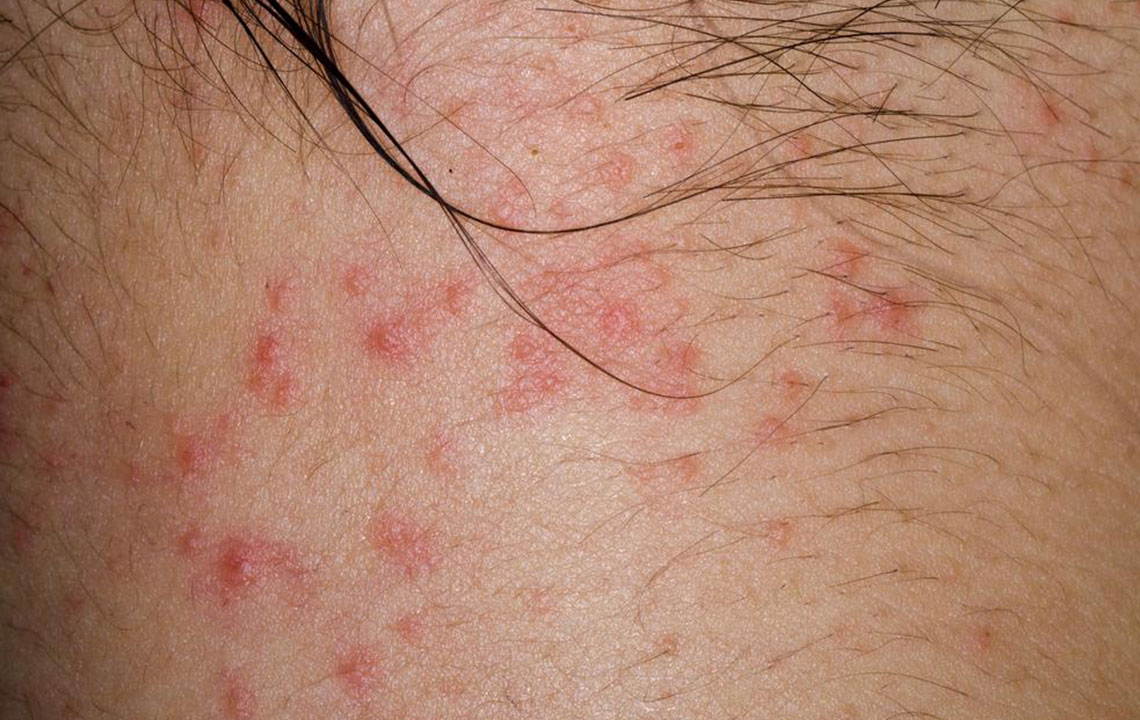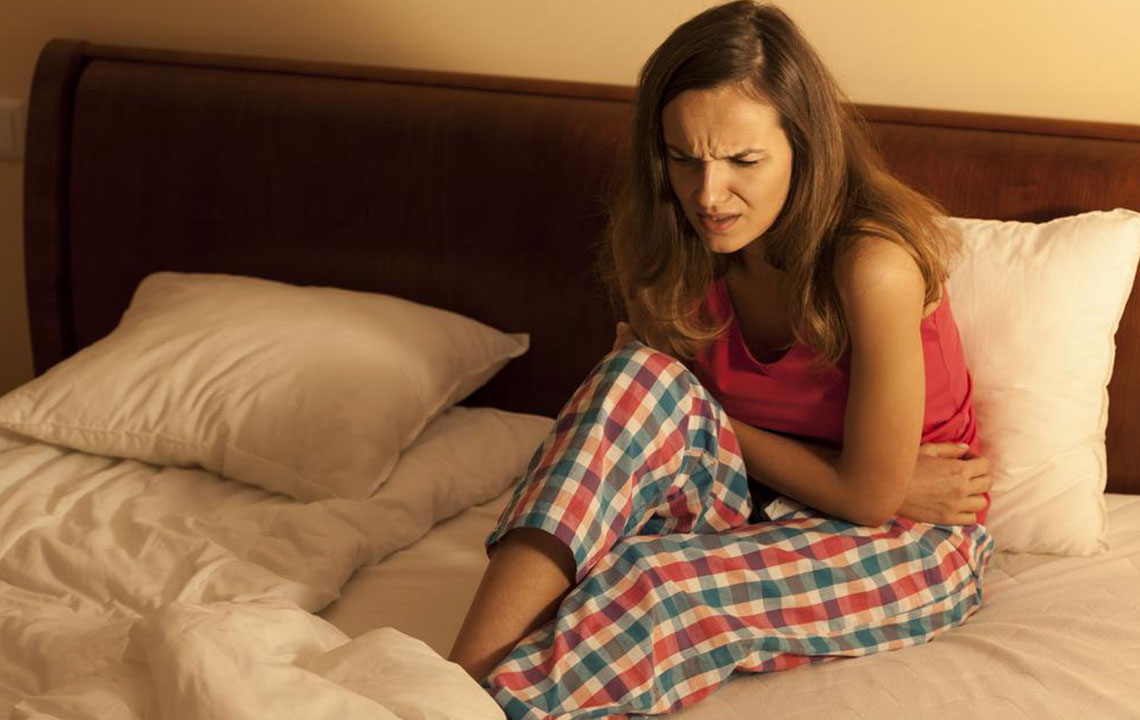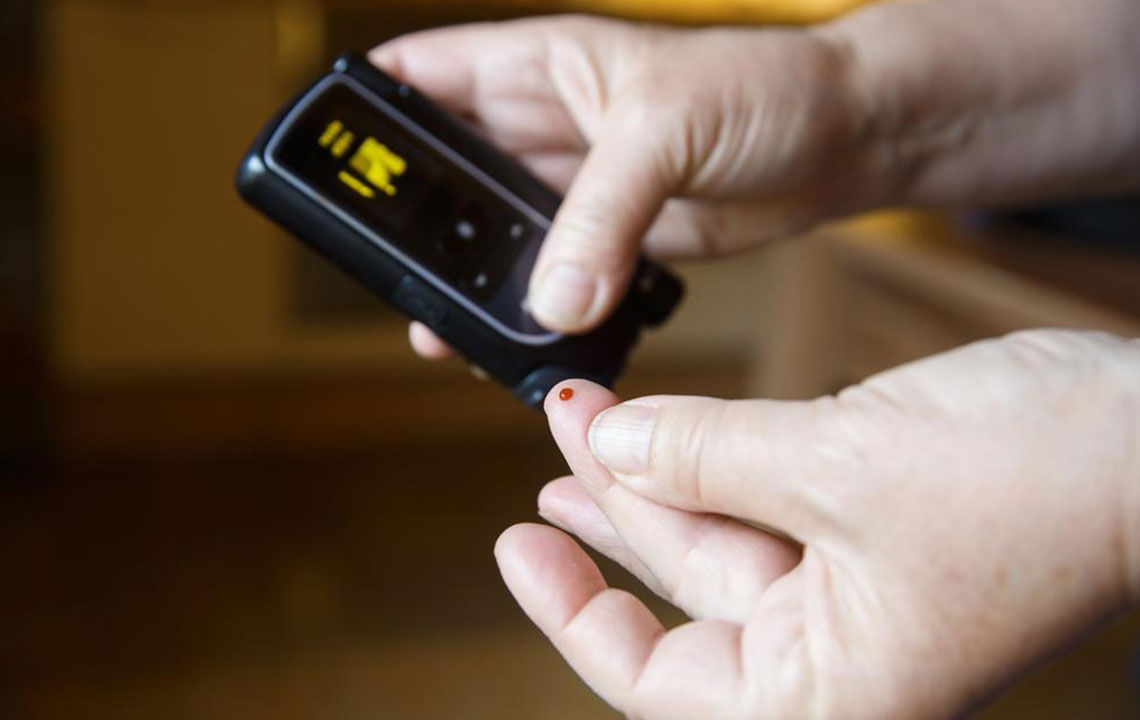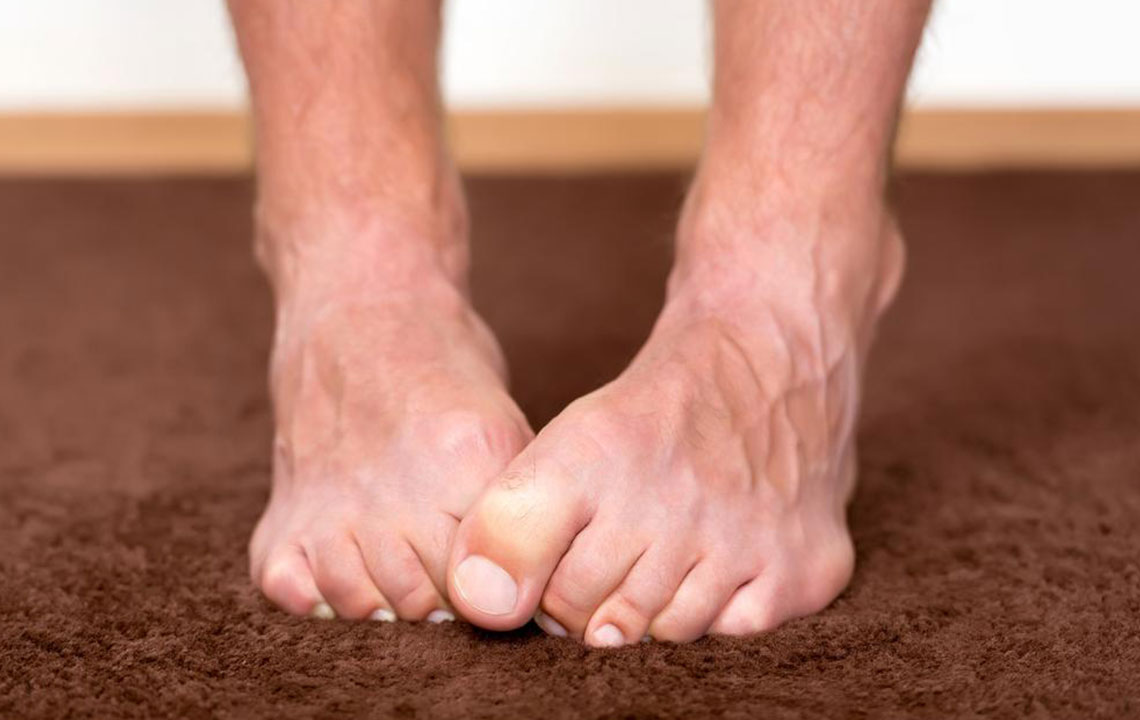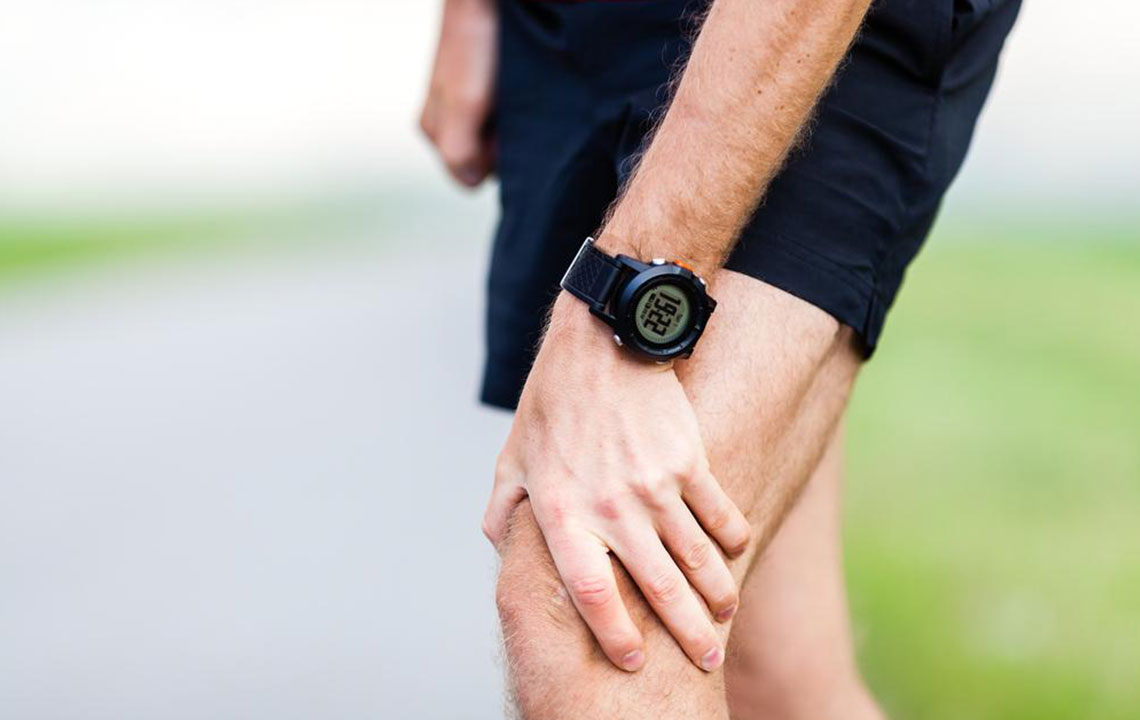
Symptoms
The Underlying Causes of Joint Pain
Joints are essential parts of the skeletal system that knit all the bones inside the body into one single structure. They are of paramount importance as they are responsible for the smooth movement of limbs. Most joints are freely movable, like the knee. Some allow minimal or no movement, such as those in the brain. Also, there is a particular type of fluid present between the bones that are united in the joint region, to prevent friction. An individual suffers from joint pain when these joints get damaged due to various reasons. The severity of the pain depends on the type and level of inflammation. Injury to the joints is a common phenomenon experienced by those who regularly participate in sports and other physical activities. Temporary conditions such as sprains and strains can be easily cured, whereas, conditions such as rheumatoid arthritis and bursitis can turn into lifelong ailments. Joint pain can cause a dip in the level of body movement followed by complexities in executing daily chores. Moreover, exertion can exacerbate the illness. Usually, muscular activity is restricted until the joint pain subdues to prevent the condition from getting aggravated. The problem of joint pain stems from a number of reasons such as:
